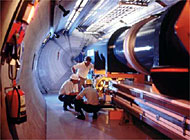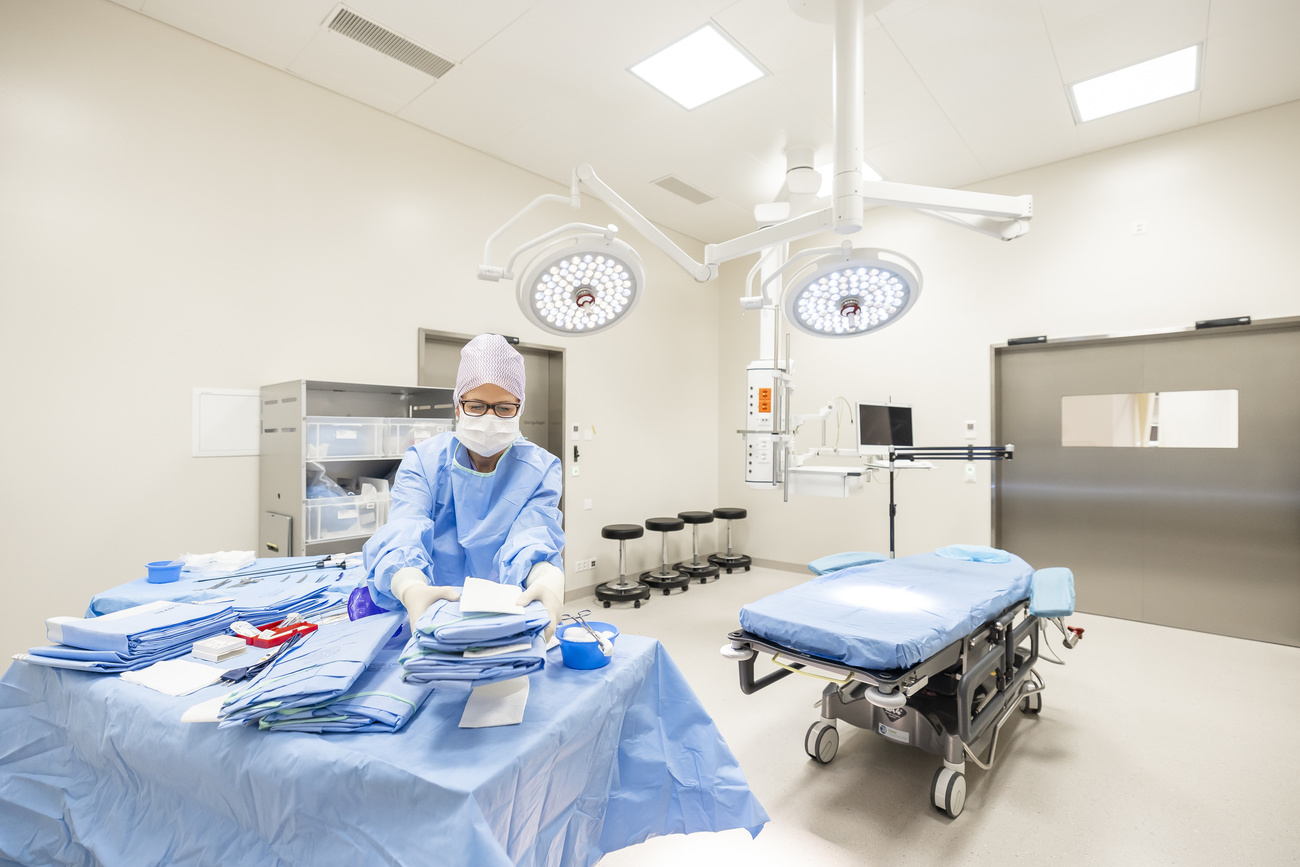Countdown to particle acceleration begins at Cern

Particle physicists are used to taking the long-term perspective - after all, the universe was created about 15 billion years ago. So it's hardly surprising that scientists at Cern have begun a five-year countdown to the trial run of their new particle accelerator.
The Large Hadron Collider (LHC) has not yet been built but work is in progress both above and below ground. One centre of activity is the 27-kilometre circular tunnel under the Swiss-French border, where the LHC will be built.
“We’re stripping the tunnel of the old machine and the tunnel itself also needs some modification,” said Cern spokesman, James Gillies. “Meanwhile, the Large Hadron Collider is just going into industrial production and the machines known as particle detectors are being built at institutes and universities around the world.”
With industrial production underway, the Geneva-based Cern has finally been able to draw up a commissioning schedule for the new atom-smasher, announcing that its first trial run is just 1,730 days away.
“In April, 2006, we’ll try to collide proton beams inside the LHC for the first time,” said Gillies. “We’ll do a pilot run for a couple of weeks and there will be a full research run in the autumn that will last for seven months.”
Cern’s shopping list for its new machine includes hundreds of 15-metre super-conducting magnets which operate at 2 degrees kelvin or minus 271 degrees Celsius.
“No super-conducting operation on this scale has ever been produced before,” said Gillies. “The biggest contract is for the magnets which will keep the proton beams going round and round in circles.”
The magnets are currently arriving at Cern for testing. Once they’ve been approved, contracts will be signed for the full complement of 1,236.
Over half of the world’s particle physicists in the world are involved in one way or another with the LHC project. About 2,000 scientists from 80 institutions around the world are working on each of the two biggest experiments.
Last November, Cern switched off its flagship research machine, the Large Electron Positron Collider. The machine was chasing an elusive subatomic particle, known as the Higgs Boson, which is thought to be at the origins of the universe.
The dismantling of the LEP was part of the $1.8 billion project to build the Large Hadron Collider, an even more powerful machine.
by Vincent Landon

In compliance with the JTI standards
More: SWI swissinfo.ch certified by the Journalism Trust Initiative








You can find an overview of ongoing debates with our journalists here . Please join us!
If you want to start a conversation about a topic raised in this article or want to report factual errors, email us at english@swissinfo.ch.